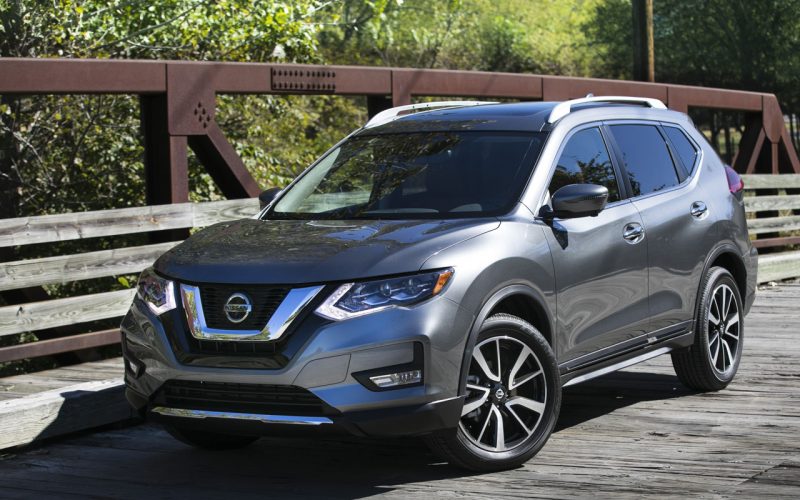
Reading Time: 3 minutesWhen Q2 of 2018 came to a close, Nissan Group certainly had reason to celebrate thanks
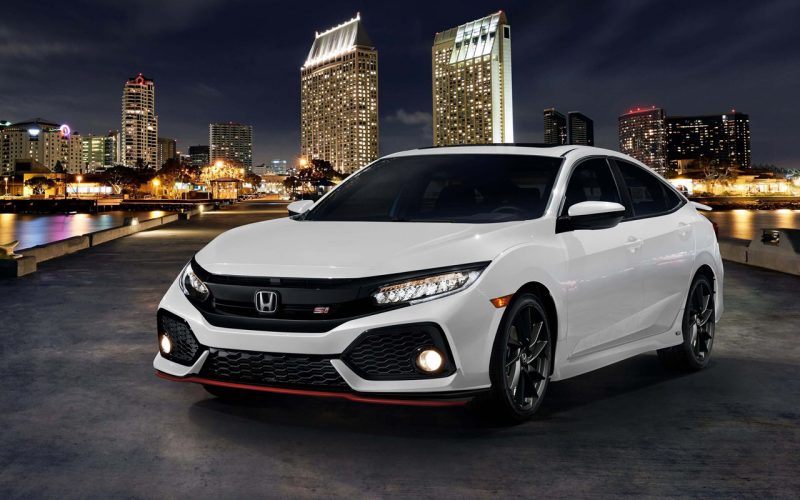
Reading Time: 4 minutesHow do you make the new Civic Si even better than it already is? The Si
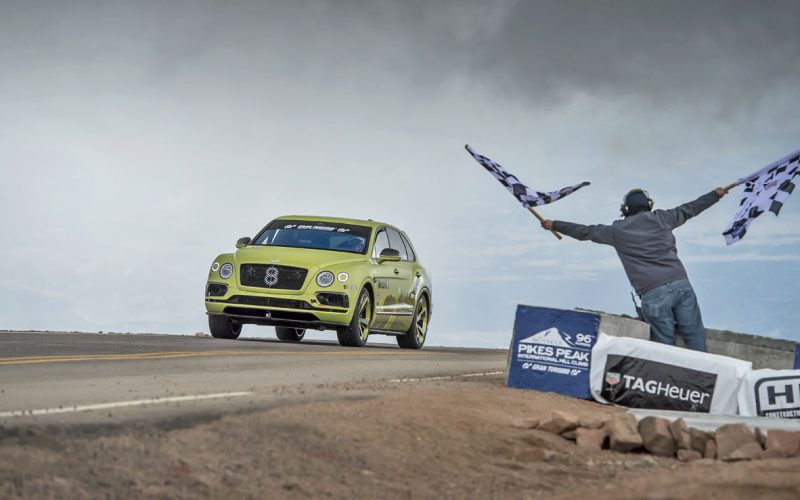
Reading Time: 5 minutesAsk those in the know to name the best of the best in the super-luxury SUV
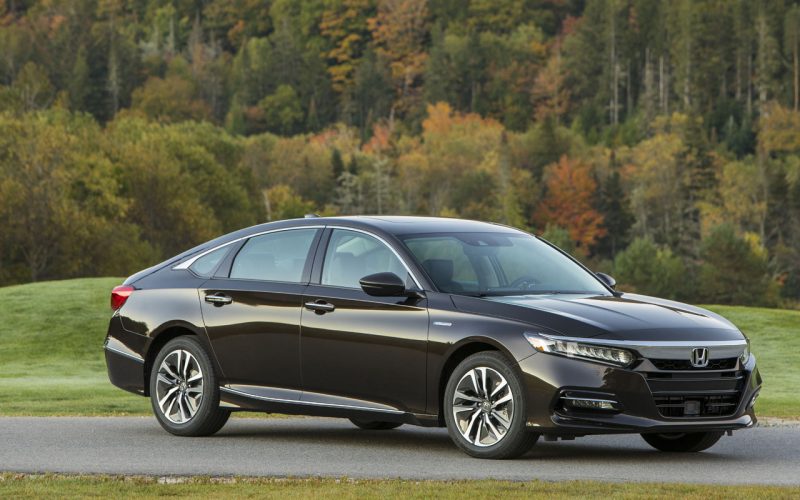
Reading Time: 8 minutesTiming is everything, or so the saying goes, but with Canadian pump prices rising at an
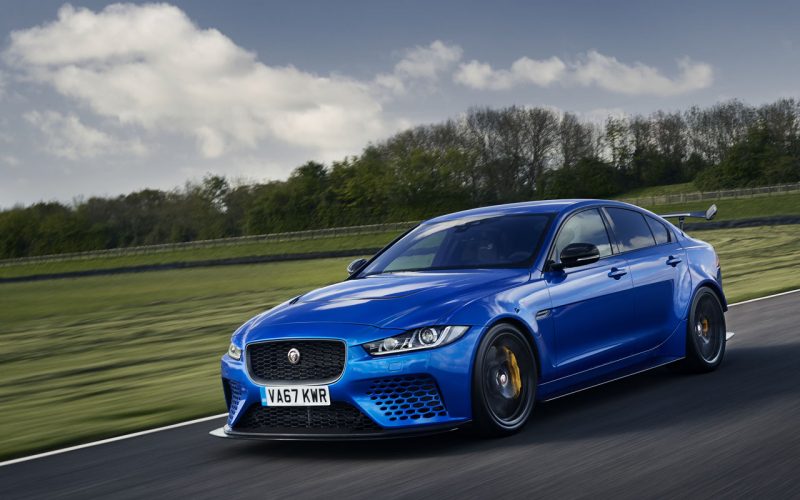
Reading Time: 9 minutesFew who have driven the new Jaguar XE have come away complaining. It’s arguably attractive, mostly
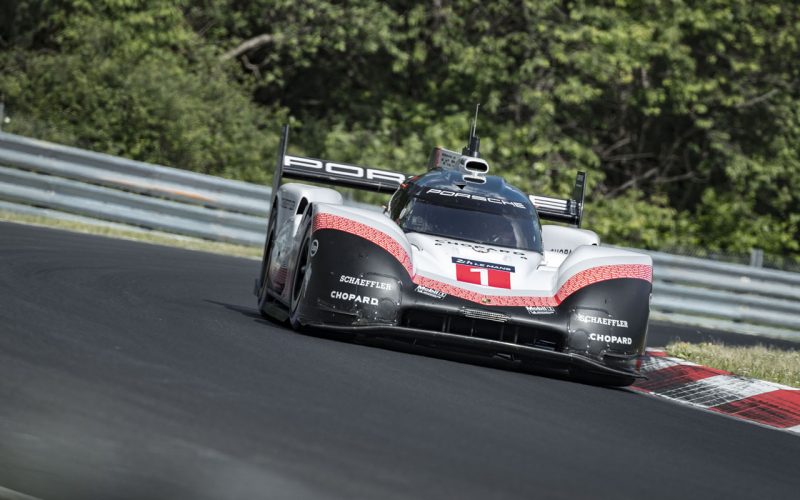
Reading Time: 5 minutesPorsche is certainly celebrating its 70th year in style. Earlier this month it debuted the wonderful
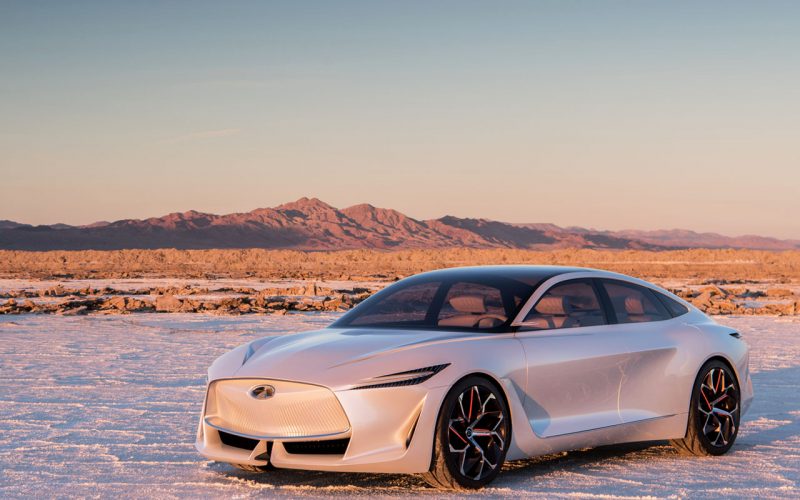
Reading Time: 4 minutesInfiniti has been electrifying its luxury car lineup since 2011, but so far it hasn’t gone
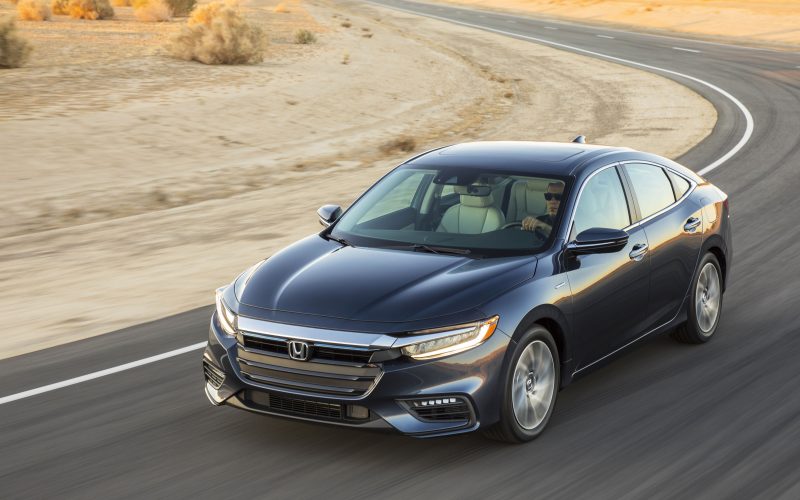
Reading Time: 8 minutesConsidering that Honda was one of the first automakers to arrive on the market with a
© 2025 The Car Magazine. All Rights Reserved, Privacy Policy | Terms of Use